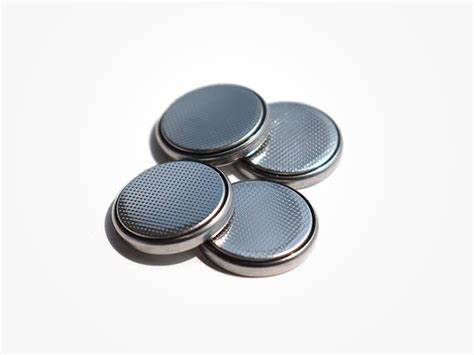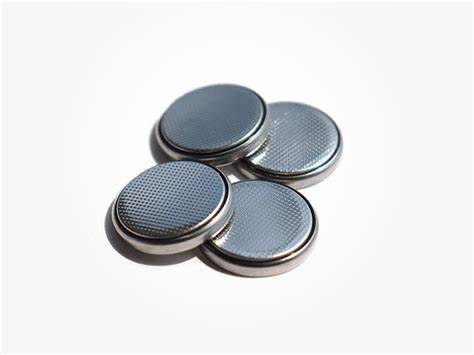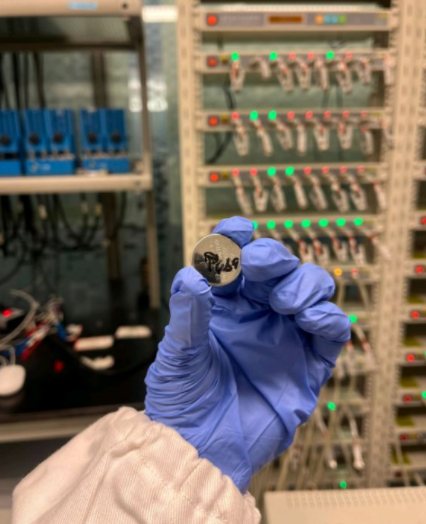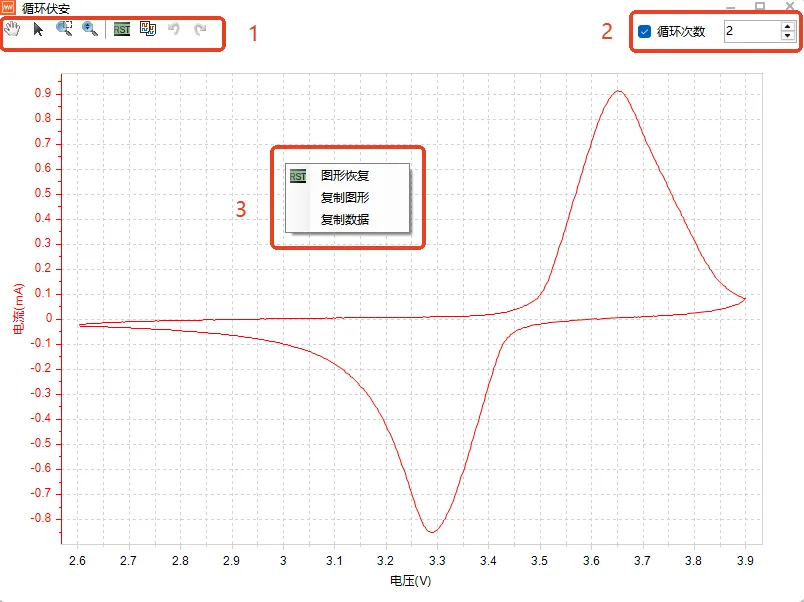
How to tell a Battery Short Circuit? A Brief Introduction
How to tell a Battery Short Circuit? A Brief Introduction If a sudden drop in voltage occurs during the cycle, it indicates that lithium dendrites have pierced the battery’s interior, causing a short circuit that brings the positive and negative electrodes into direct contact, thereby reducing the potential difference. Figure 1 Schematic Diagram of Hard Short Circuit and Soft Short Circuit in Symmetrical Batteries It should be noted that the short-circuit process can be an irreversible hard short-circuit, after which the voltage signal exhibits a constant low value (close to 0 V). The specific value depends on the current applied during the cycle, as the battery at this point




